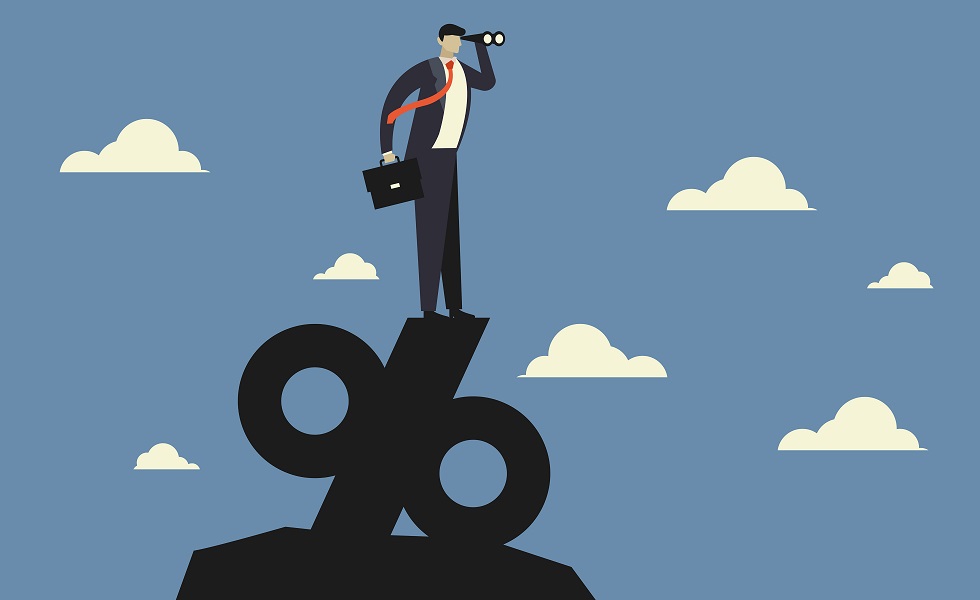abrdn: Chances that the Fed will raise rates this year
abrdn: Chances that the Fed will raise rates this year

Looking ahead to next week's Fed meeting, Paul Diggle, Chief Economist at abrdn, says, among other things, that there could be an interest rate increase this year instead of an interest rate cut.
'Our base case is for two rate cuts from the US Fed this year, in September and December, given that growth and inflation are likely to moderate slightly over the second half of the year.
However, we take seriously the risk that there could be no cuts, or even that the next move is a hike. Indeed, we assign a cumulative 35% probability to 'no landing' and 'oil price spike' scenarios in which policy stays on hold this year or even tightens.
On the growth front, activity continues to be robust supported by strong consumer and corporate balance sheets, loose fiscal policy, high net migration and rising productivity. These tailwinds may fade somewhat over the course of 2024, so we think growth will moderate. There are both upside risks of continued above trend growth or a move higher in trend growth itself, as well as downside risks of a more meaningful slowdown.
On the inflation front, CPI once again came in hot in March. As the year progresses, it is becoming increasingly hard to attribute this strength to residual seasonality and other quirks. We still think there is modest disinflation in the pipeline, given decelerating wage growth, and lower market rents suggest shelter inflation will moderate at some point. As such, core PCE should fall to 2.5% year over year by the summer, but progress might stall through the rest of the year as base effects prove less helpful. However, there is plenty of historical precent for a “difficult last mile” of inflation getting stuck above target or even rebounding, which is why we take these risks seriously.
Turning to policy, the upside surprise in CPI means the Fed is not yet seeing the progress it needs to begin cutting over the summer. We think the Fed will wait until at least September before cutting rates, and then cut again in December. However, the risks tilted towards an even later start date should inflation not slow. Despite this U-turn, Powell has argued that policy is still restrictive, imposing a high but not insurmountable bar to further tightening. A big spike in oil prices driven by geopolitical risk could be one trigger to switch to no cuts or even further hikes.'
